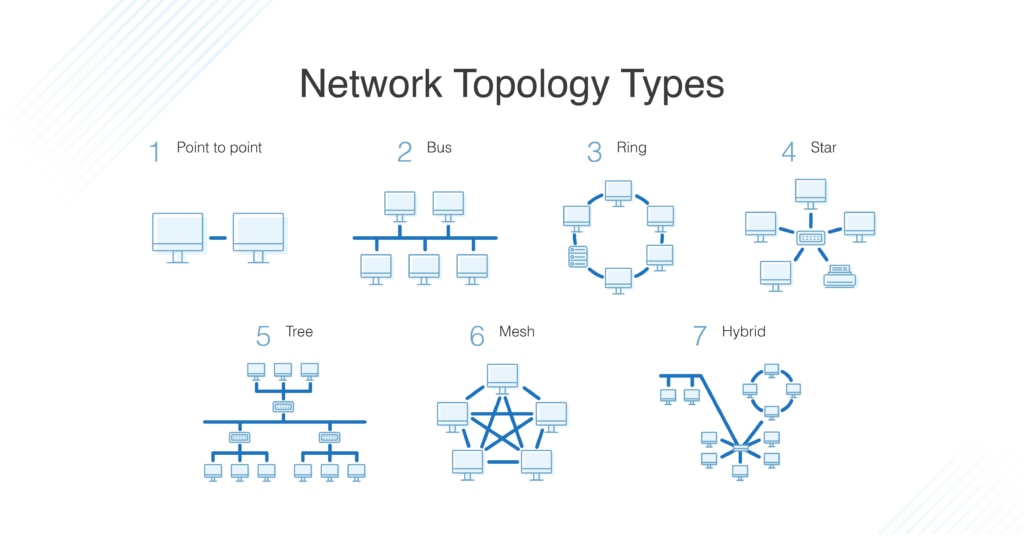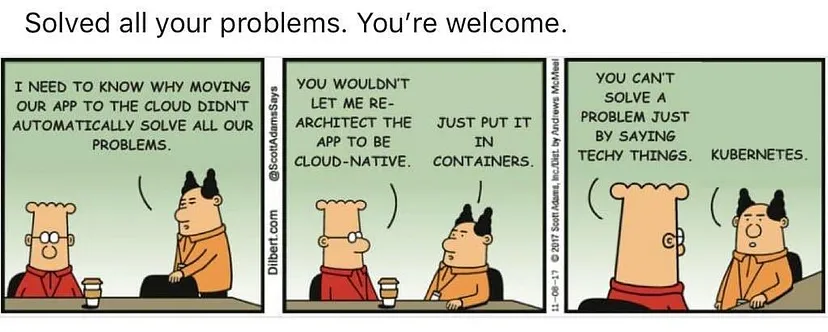Networking, or Not Working?
Filevine Tech Talk
March 30th, 2023

OSI Model
- Physical Layer
- Data Link Layer
- Network Layer
- Transport Layer
- Session Layer
- Presentation Layer
- Application Layer
Please Do Not Trust Senator Palpatine, Anakin
Layer 1: Physical Layer
- Transmission of raw bits
- Electrical, optical, or radio signals
- Physical media
- Wires, cables, fiber, radio waves
Layer 2: Data Link Layer
- Transmission of frames
- Frames are packets of data
- Frames are sent over a physical medium
- Frames are addressed to a specific device (MAC address)
Layer 3: Network Layer
- Transmission of packets
- Packets are frames with additional information
- Packets are sent over a physical medium
- Packets are addressed to a specific device (IP address with NAT)
Layer 4: Transport Layer
- Transmission of segments
- Segments are packets with additional information
- Segments are sent over a physical medium
- Segments are addressed to a specific device (IP address and port number)
Layer 5: Session Layer
- Establishing and maintaining a connection
- Establishing a connection
- Terminating a connection
- Resuming a connection
Layer 6: Presentation Layer
- Encoding and decoding data
- Encryption
- Compression
- Conversion
Layer 7: Application Layer
- Transmission of application data
- HTTP
- FTP
- SSH
 https://www.dnsstuff.com/what-is-network-topology
https://www.dnsstuff.com/what-is-network-topology


Kubernetes
- Container-to-Container
- namespace != namespace
- Pod-to-Pod
- Pod-to-Service
- Internet-to-Service
Kubernetes Dashboard
- SSH tunnel to Pi cluster
- kubectl proxy to expose API server
- Service
- Pod
- Container
- App calls
